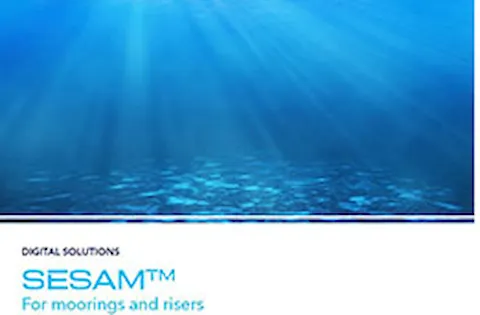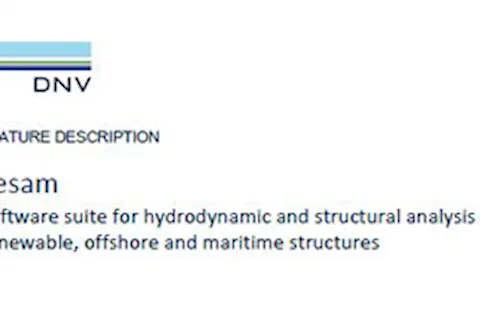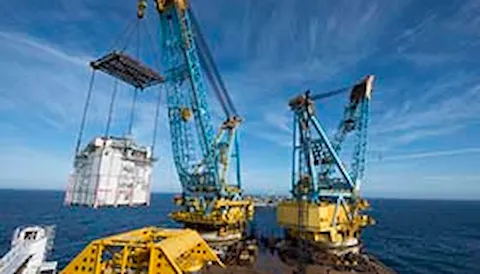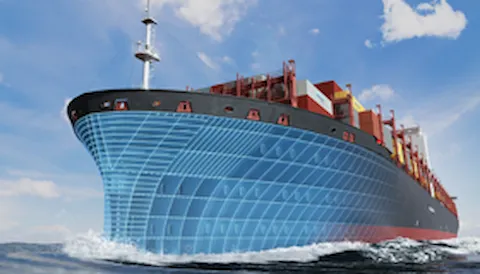Analysis of moorings and subsea umbilicals - Sesam for moorings and risers
Mooring analysis
Sesam is a proven solution for deepwater floating systems, mooring and SURF analysis (subsea, umbilical, riser, flowline).
Mooring and riser analysis and verification
- Proven solution: the mooring and riser systems of many platforms have been designed and/or verified with Sesam
- Mooring and riser analysis methods used in Sesam have been extensively validated
- Unique multi-body capabilities for complex field layouts involving many floaters, e.g. side-by-side moored systems, CALM analysis
- Cross section design and global and local fatigue analysis for subsea umbilicals
- Sesam tools for mooring and riser analysis are known in the offshore oil and gas industry for its efficiency and accuracy
Coupling effects included in mooring and riser analysis
SURF engineers must predict extreme responses and fatigue damage to mooring and riser systems under waves, wind, and current loading conditions. With Sesam you may analyse the slender structures separately or consider the coupling effect between the floater and the mooring and riser systems as the Sesam module DeepC is able to take the coupling effects and other important nonlinearities into consideration.
Analysis of deepwater installations
For deepwater installations, the riser and mooring systems greatly influence the motions of the floater. The floater and slender structures constitute an integrated dynamic system responding to the environmental loading. Because coupling effects are consistently treated, there is no need to make assumptions about the damping level (updated for each time step) which is crucial in a non-linear analysis accounting for slender structure restoring, damping and inertia forces. In other words, Sesam's software tools will increase the confidence level of riser and mooring analysis.
Subsea umbilicals and environmental conditions
Riser, moorings and the environmental conditions are defined in the Sesam module DeepC while vessel RAOs and mass/damping coefficients can be imported directly from results generated in Sesam's hydrodynamics module Wadam. The response of the risers and moorings are then computed using the non-linear solver in the Riflex module. Based on input from a global analysis, local cross section analysis of umbilicals, helix wires, steel tubes and flexible risers may be performed using the module Helica.
更多信息

Sesam for moorings and risers
下载pdf 文档

Sesam Feature Description
下载pdf 文档

Sesam
Read more about Sesam software
Sesam Assistance
Are you using Sesam to its full potential?
Sesam Examples
Examples of use for the Sesam software suite
客户登陆
获取软件下载、查看新版本发布通知和常规问题
FAQ (English)
Frequently asked questions - Sesam
软件部活动
注册活动及软件研讨会
客户案例 (English)
为何行业领袖选择了我们的软件
Sesam 技术培训 (English)
总览及注册





